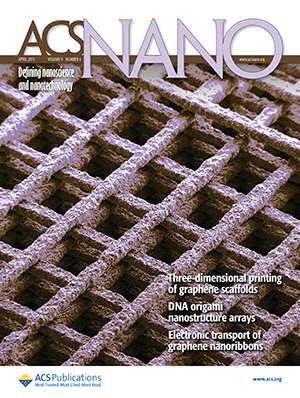Researchers have developed a new graphene-based elastomer that can revolutionize prosthetic skin. The sponge-like material is highly sensitive to pressure and vibrations, even more so than the human skin.

The team from Northwestern University found a way to develop three-dimensional structures with graphene nanoflakes. The key was that they incorporate only a part of graphene in the structures – high enough to retain some of its praised properties, but low enough so that it can create robust macroscopic structures.
“People have tried to print graphene before,” Shah said. “But it’s been a mostly polymer composite with graphene making up less than 20 percent of the volume.”
The result is an ink-like material with the best properties of both worlds – it retains graphene’s electrical conductivity, and is very stable and sturdy to be used as a prosthetic.
“It’s a liquid ink,” Shah explained. “After the ink is extruded, one of the solvents in the system evaporates right away, causing the structure to solidify nearly instantly. The presence of the other solvents and the interaction with the specific polymer binder chosen also has a significant contribution to its resulting flexibility and properties. Because it holds its shape, we are able to build larger, well-defined objects.”
It works so well that even some of its creators were surprised. Professor Dan Li and Dr Ling Qiu from the Monash Centre for Atomically Thin Materials (MCATM) praised the results:
“This graphene elastomer is a flexible, ultra-light material which can detect pressures and vibrations across a broad bandwidth of frequencies. It far exceeds the response range of our skin, and it also has a very fast response time, much faster than conventional polymer elastomer.”
“Although we often take it for granted, the pressure sensors in our skin allow us to do things like hold a cup without dropping it, crushing it, or spilling the contents. The sensitivity and response time of G-elastomer could allow a prosthetic hand or a robot to be even more dexterous than a human, while the flexibility could allow us to create next generation flexible electronic devices,” he said.
The applications for this type of technology are limitless. Not only can it lead to developing better, softer robots which can for example aid in healthcare or take care of the elders, but it can create a new generation of skin prosthetics. Right now, despite the great advancement in prosthetics provided by 3D printing, skin prosthetics still remain a challenge due to their lack of sensitivity.


